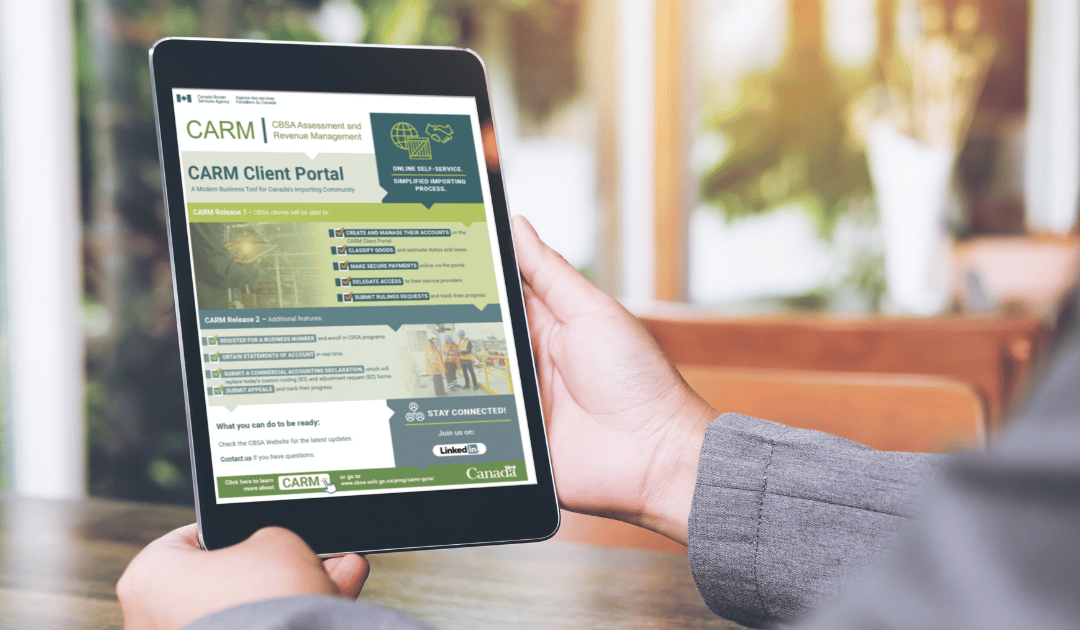With Australia being among the top e-commerce markets in the world, it’s essential for global brands to understand and comply with local tax regulations. While the complexities of international taxation can be a challenge, being well-informed and proactive can pave the way for success in a highly lucrative marketplace. In this article, we’ll break down everything direct-to-consumer (DTC) businesses need to know about Australia GST, from who needs to pay and how it’s calculated, to registration and compliance options.
What is Australia’s GST?
The goods and services tax (GST) in Australia is a value-added tax of 10% on most goods, services, and other items sold or consumed in the country. This tax is similar to the value-added tax (VAT) systems in many European markets, but has its own set of rules and regulations.
As an e-commerce business, it’s important to understand how GST should be charged on transactions. In Australia, GST is based on CIF which is the cost, insurance, and freight value. This means that the 10% tax is applied to the product price plus shipping cost and insurance.
Here’s an example of calculating GST in Australia:
- Product Price – $41 AUD
- Shipping Cost – $8 AUD
- Insurance – $1 AUD
- Total Value for Customs – $50 AUD
- GST – $5 AUD
DTC brands who are required to collect GST will need to make sure their checkout process is charging this tax on any purchases from customers in Australia.
Who needs to pay GST in Australia?
Australia has a high duty and tax de minimis of $1,000 AUD (~$645 USD), meaning that orders valued below this amount will clear free of duties and taxes, including the 10% GST. Duty and tax will be collected during the customs clearance process for orders over the $1,000 AUD de minimis. However, businesses with sales in Australia exceeding $75,000 AUD (~$48,000 USD) within any given 12-month period are required to register for an Australian GST number. Once registered, you’ll need to charge customers the 10% GST at checkout for all transactions moving forward and remit it to the Australian Taxation Office. This includes orders valued under the $1,000 AUD tax de minimis.
Australia GST Registration and Compliance for E-Commerce
The Australian Taxation Office (ATO) has recently stepped up its enforcement regarding GST collection for e-commerce transactions and many US merchants have received communications instructing them to register. If your brand has crossed the $75,000 AUD sales threshold, here are your options to become compliant:
- Register for Australia GST: You can apply for a tax ID through the ATO website and file your own GST returns quarterly. Keep in mind you’ll still need to update your checkout process to collect the 10% GST from consumers.
- Enroll in Passport’s Seller of Record (SOR) Program: By partnering with Passport as your international shipping carrier and signing up for their Australia Seller of Record program, Passport would handle all aspects of collecting and remitting GST to the proper authorities – so you don’t have to. There’s a small administrative fee for this service calculated as 5% of the taxes collected. For example, on a $100 order, Passport would collect $10 in GST and charge a $0.50 fee for managing compliance.
Here at Passport, we understand the intricacies that come with international shipping, especially regarding import tax regulations. Our Seller of Record Program is designed to give e-commerce brands a simpler way to handle Australia GST compliance with a quick and seamless enrollment process. If you’re interested in Passport’s SOR solution, reach out to our team here to get started.
Frequently Asked Questions:
What is the GST in Australia?
GST in Australia is a 10% value-added tax charged on most goods, services, and other items sold or consumed in the country. If your business is registered for GST, you must collect this tax from your customers and remit it to the Australian Taxation Office.
Who has to pay GST in Australia?
Non-resident businesses with sales in Australia exceeding $75,000 AUD within any given 12-month period are required to register for GST. Once registered, merchants must collect the 10% GST at checkout for all transactions moving forward and remit it to the Australian Taxation Office. For those who are not registered for GST, any shipments valued at over the $1,000 AUD de minimis tax threshold will require GST payment by the importer at customs.
Do businesses pay GST in Australia?
Businesses with imports into Australia exceeding $75,000 AUD within any given 12-month period are required to register for GST. This 10% tax must then be collected from customers at checkout for all transactions moving forward and remitted to the Australian Taxation Office.
Do US companies have to pay Australian GST?
US companies with sales in Australia exceeding $75,000 AUD within any given 12-month period are required to register for GST. Once registered, this 10% tax must then be collected from customers at checkout for all transactions moving forward and remitted to the Australian Taxation Office.
What happens if you don’t register for Australia GST?
Companies are obligated to register for GST within 21 days of surpassing the sales threshold. Failure to do so could result in being liable for retroactive GST, even if the original transactions did not include this tax. Additional penalties and interest charges may also apply.
What businesses are exempt from GST in Australia?
Businesses based outside of Australia that import goods valued at less than $1,000 AUD and generate sales below $75,000 AUD in any 12-month timeframe are typically exempt from GST when shipping directly to consumers.
Is Australia GST or VAT?
Australia has a goods and services tax (GST) with a standard rate of 10%.
Is Australian GST the same as VAT?
GST and VAT generally refer to the same type of consumption tax. VAT is the term commonly used in Europe, while Australia refers to it as GST. The variations between these taxes come from the unique regulations each country imposes, including factors like tax rates, items that are tax-exempt, and registration requirements.
Is there a VAT in Australia?
Australia has a 10% goods and services tax (GST) which is the same type of consumption tax as VAT.
Is Australia CIF or FOB when it comes to the calculation of duties and taxes?
In Australia, the GST is calculated at a rate of 10% on the CIF value, which includes the cost of goods, insurance, and freight, in addition to any customs duty incurred. This tax is levied on imports that exceed a FOB (free on board) value of $1,000 AUD, a figure based solely on the cost of the goods sold.
Do I have to ship DDP if I am registered with an Australian GST number?
You can still ship on DDU billing terms, but there is a risk that the consumer may be asked to pay duties and taxes on delivery if the order value exceeds $1,000 AUD. A best practice is to ship orders exceeding this threshold on DDP billing terms.




